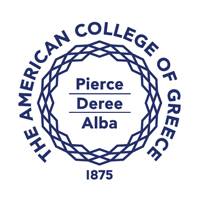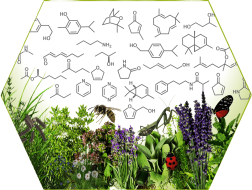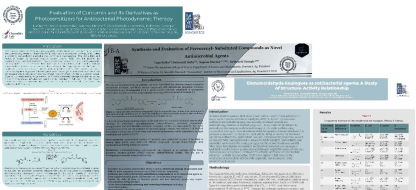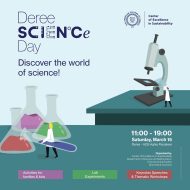Overview
The Chemical Biology Lab engages in high-impact research on the application of chemical tools in drug discovery. Interdisciplinary approaches are employed aiming to develop novel therapeutic agents and identify novel naturally occurring compounds for potential pharmaceutical, cosmetic, or nutritional applications. In parallel, the lab integrates principles of environmental science and sustainability, emphasizing green methodologies and the responsible sourcing and application of natural products.
The laboratory comprises of state-of-the-art equipment supporting such an interdisciplinary approach, including: Antibacterial Photodynamic Therapy equipment, extraction, separation and analysis equipment such as High Pressure Liquid Chromatography, UV/Vis spectrophotometry, Fluorescence and Luminescence high-throughput screening and microorganisms culture growth equipment.
Laboratory members are involved in a number of research projects and maintain several research collaborations.
Areas of Interest
The areas of interest that the laboratory members are engaged in range from pharmaceutical, nutritional, cosmetic, and medical applications to environmental studies. Current research projects and future directions are implemented and envisioned via internal and external collaborations.
- Study of photosensitizers for Antibacterial Photodynamic Therapy (aPDT)
- Identification and evaluation of novel compounds as antibacterial agents. Incorporation of small molecules with antibacterial potencies into hybrid nanoparticles for the preparation of materials intended for medical uses.
- Screening of extracts for antibacterial properties for the isolation and development of novel antibiotics or lead structures.
- Studies of natural products and their analogues as anti-oxidant or anti-inflammatory agents with potential applications in the pharmaceutical, cosmetics, and nutritional supplements industry.
- Identifying molecular mechanisms of disease and potential therapeutic targets.
- Design and discover drugs and screen compound libraries
- Analysis of samples obtained from archeological excavations, in order to identify plants used for medicinal purposes in antiquity, determine their activities and possibly isolate bioactive structures that can be used once more as therapeutic agents.
- Bioprospecting and phytochemical analysis of underexplored plant species to discover novel bioactive compounds.
Facilities and Lab infrastructure
The Chemical Biology Lab is located at the Deree campus, with easy access to all the campus services and facilities e.g., libraries, sister science labs, auditoriums, administrative services, institutes and centers. The lab is equipped with work and meeting spaces for its members and collaborators and state-of-the-art equipment supporting a variety of research projects.
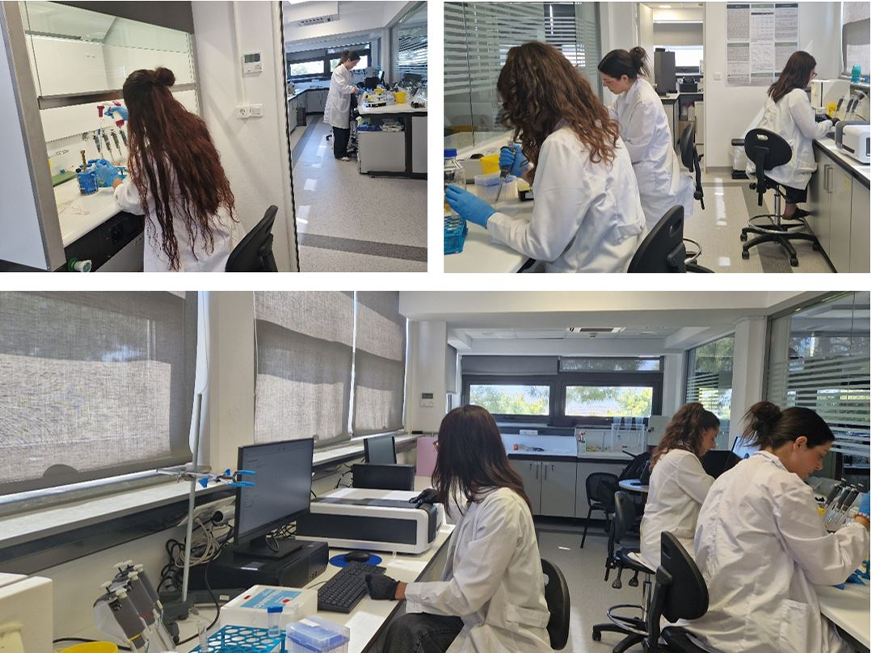
Antibacterial Photodynamic Therapy Equipment
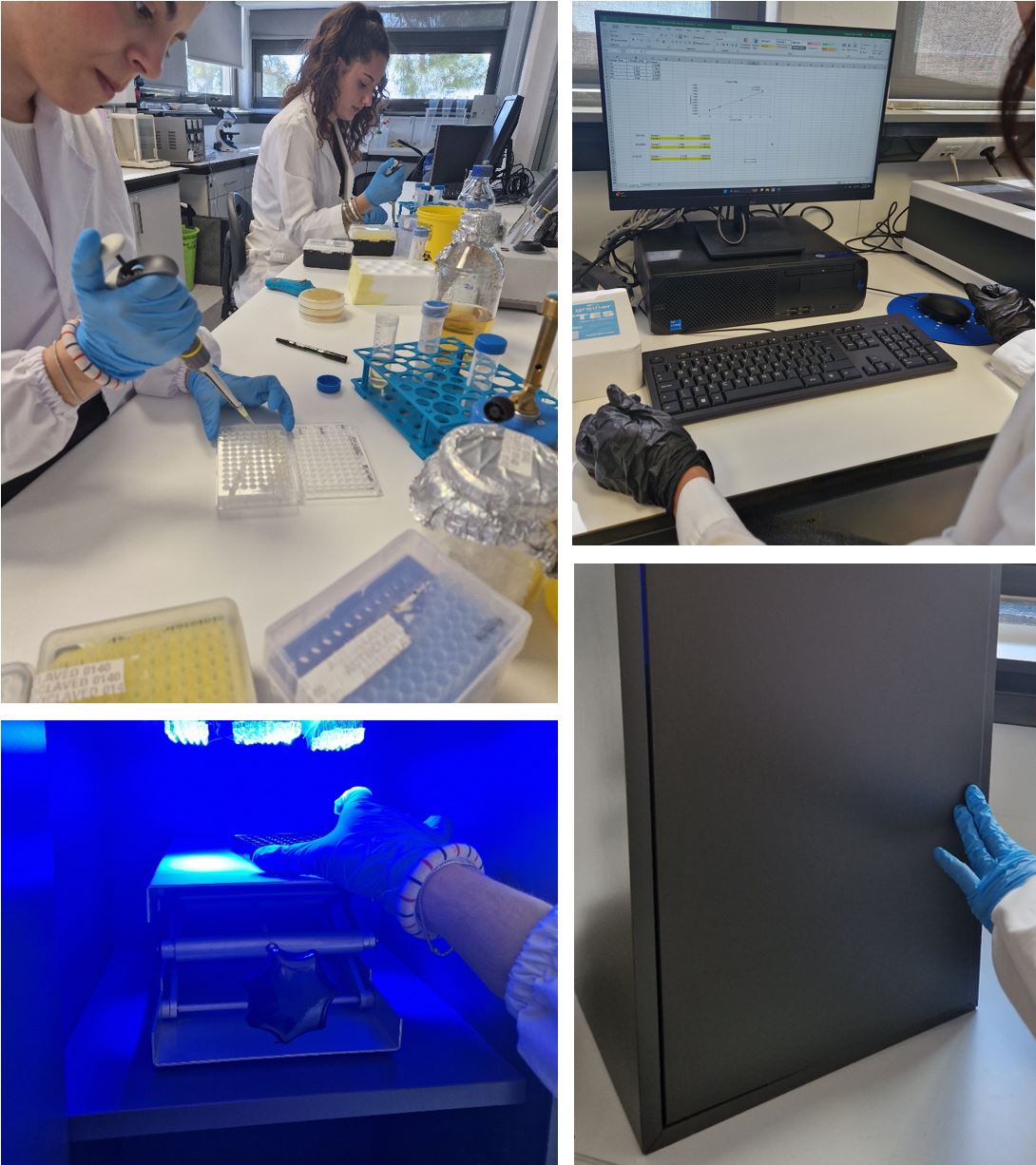
Extraction and Separation
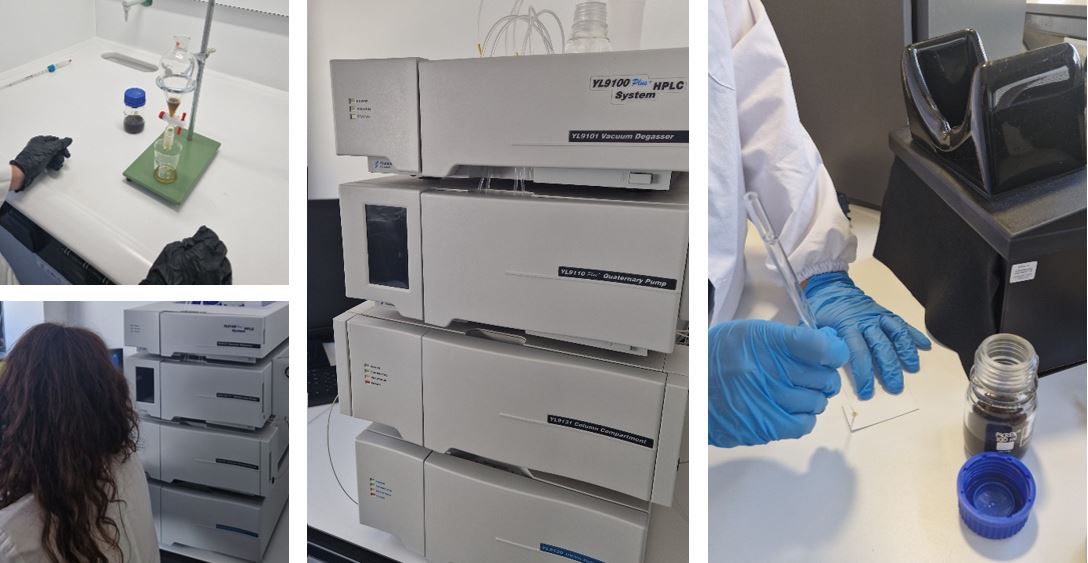
Analysis Equipment
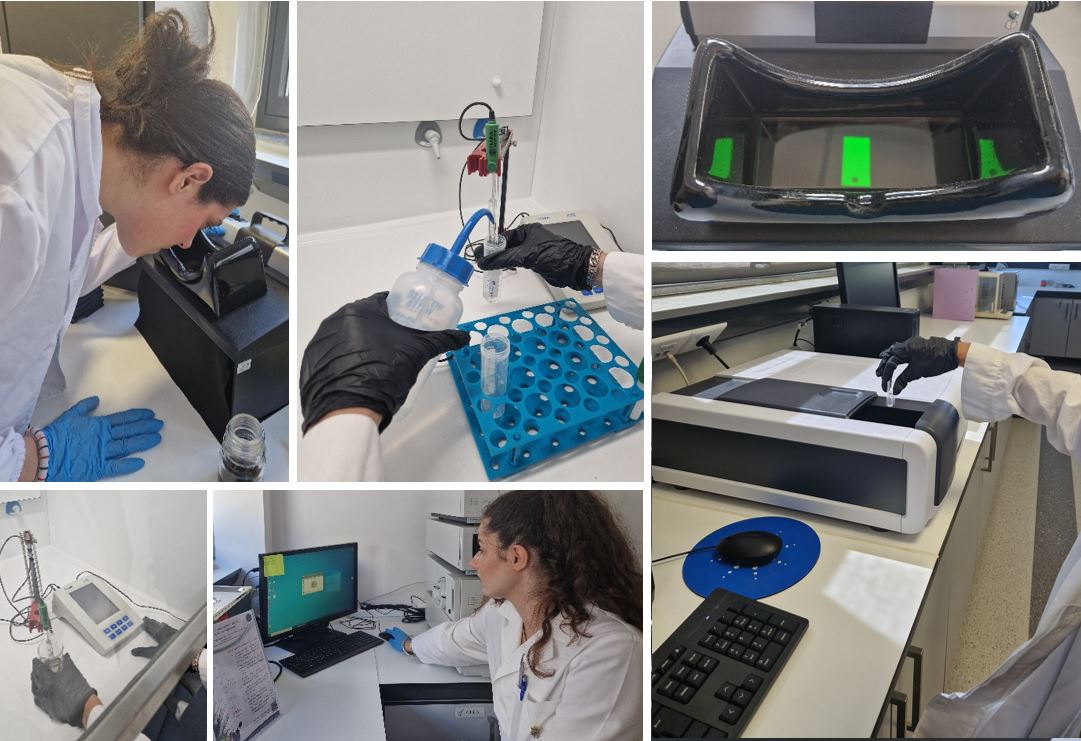
Microorganisms Culture Growth and High-Throughput Screening
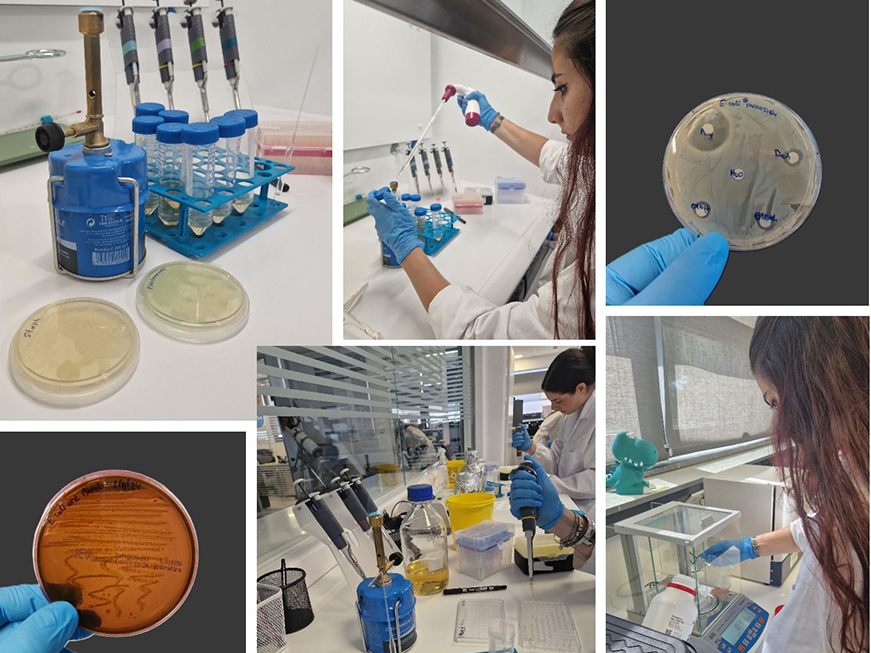
Mission
To advance drug discovery and natural products research through innovative approaches and applications. We promote transdisciplinary integration for the development of green and sustainable products and methodologies that will positively impact our society.
Vision
The Chemical Biology Lab envisions advancing human health through the development of innovative tools and therapeutic agents. By fostering interdisciplinary collaboration and integrating cutting-edge methodologies, we aim to be a leading force in translating fundamental understanding of biological processes into real-world biomedical solutions.
